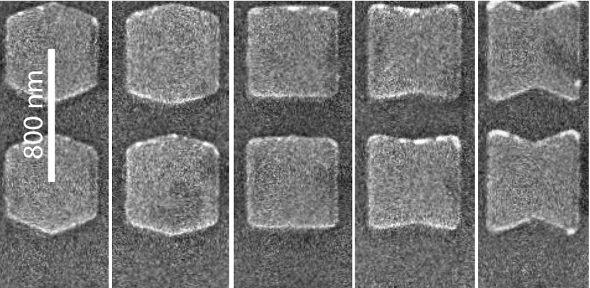
Dr Colm Durkan, currently the head of the Nanoscience Research Group, has been awarded funding from the Samsung Global Research Outreach (GRO) program, for research and development of novel magnetic devices for information processing. This was a highly competitive funding round with only 23 grants awarded worldwide.
The world of electronics has reached a junction whereby new paradigms are continually emerging. Transistors fabricated using conventional processes are already small enough (~ 20 nm) that they are on the verge of demonstrating quantum effects involving tunneling, localization and electron interference. One of the most promising avenues however, is spintronics, where the spin degree of freedom of the electron to do something novel is utilized.
Colm and his team are interested in the fundamentals underpinning some of this technology. Colm says; 'There is a large scientific community investigating novel materials for data storage, whereas our interest is in the size effect of soft magnetic materials in general. Our expertise is specifically in the fabrication and functional characterization of nanostructures by scanning probe microscopy, combined with state-of-the art modelling. Colm has already pioneered several scanning probe microscopy developments in the field, work that led to election to a fellowship of the Institute of Physics earlier this year and promotion to a personal readership in October 2010.
'For magnetic structures with dimensions below around 1µm, the magnetic properties are determined to a large extent by the geometry and size of the structures. On the more extreme scale of ultra-thin films of magnetic materials, it has recently been shown that one may dramatically alter magnetic properties simply by controlling film thickness and substrate surface. Therefore, we wish to tap into this treasure chest of nanomagnetism to realize novel data storage, information processing and spin readout systems to increase the functionality of electronic components without significant cost implications.'

